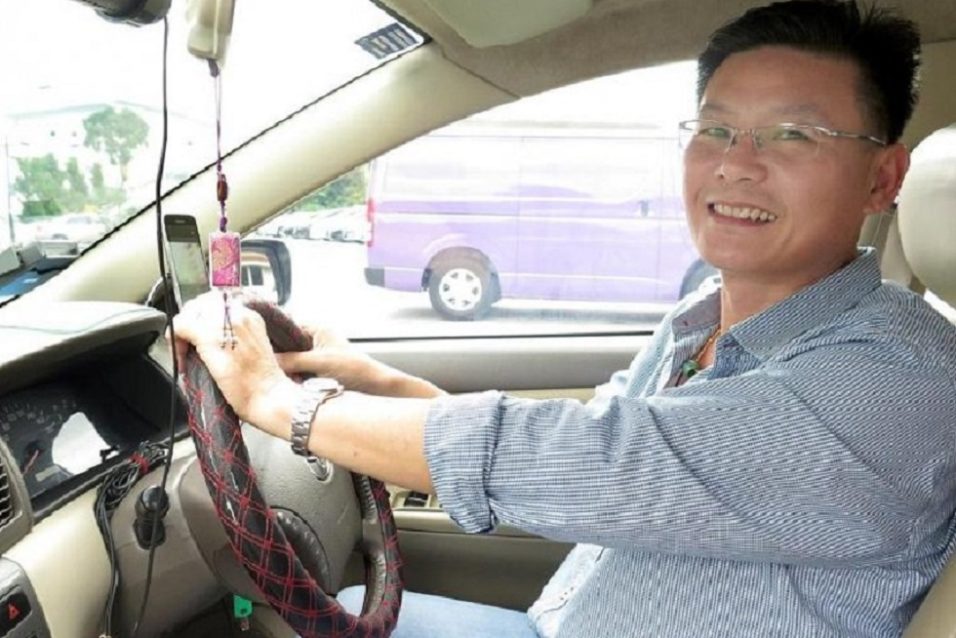Right off the bat, it is clear why Mr Er Keh Joo is comfortable in his job as a private-hire car driver.
He eased into the interview with a joke.
“My name is keju, you know, like the word ‘cheese’ in Malay,” said the 47-year-old, who has been driving for Grab for four years – almost as long as the company has been here.
The jovial father of one told The New Paper that personality plays a big part in making a passenger feel safe and comfortable.
He typically drives about 10 to 12 hours a day in two shifts, with a daily average of 25 trips.
But Mr Er was quick to say that safety and good driving are always the priorities.
Adopting a more serious tone, he said: “Nothing is more important than good driving.”
If he feels sleepy, he will close the app and find a carpark to sleep in.
This begs the question, which carparks are the best to sleep in?
Mr Er immediately regained his warm sense of humour, laughing as he said: “The ones, without barriers, where you can go in for free!
“We know where all of them are.”
There is no doubt about that. Mr Er said that being a Grab driver is like being a part of a community – he is a member of a few WhatsApp group conversations with his peers and they trade information on where the best resting spots are, where to find good food and even the news.
“Let’s say I want to eat lunch and take a break. I can check with them too and find (friends),” said Mr Er.
He used to work as a taxi driver, but decided to sign up with Grab when a recruiter approached him at the airport while he was queueing for a pick-up.
MORE PASSENGERS
It “made sense” to join the company because he said it would open him up to more passengers.
He joined as a GrabTaxi driver for a few months before switching to a rented car and become a GrabCar driver. He drives a Toyota Altis.
“The rent is cheaper too, I am glad I made the decision,” he added.
No two days are the same and there are all kinds of passengers.
Some are chattier than others, and Mr Er said that if customers are not keen to talk, he will leave them to their own devices – usually literally.
How does he tell? According to him, it is always obvious in their body language if people are interested in a conversation, such as how they lean forward in the car, the tone they use when talking and their facial expressions.
But Mr Er said there are also passengers who can be rude to him.
Some can be curt when issuing instructions about where to go and there are those who have flared up at him for making the wrong turns.
In such cases, Mr Er said the trick is to simply focus on driving and exercise more patience.
He said: “They’re in a rush, maybe they don’t realise what they are saying or how they sound.”
Most passengers are, however, pleasant and some even go the extra mile to make him feel appreciated.
Mr Er sat up as he excitedly recounted what he described as the best passenger he has had.
As he was dropping off a woman in her 20s whom he had been chatting with, she said he looked tired and gave him a herbal plaster meant to relax muscles.
The gesture caught him by surprise and Mr Er said he would “forever” remember the kind act.
Such moments of courteousness keep him moving along and he said that passengers underestimate how far a simple act of kindness goes.
“Driving all day is nice and I enjoy it, but when people say thank you or when they do small things like that, it makes me feel happy,” he said.
Source: www.tnp.sg







